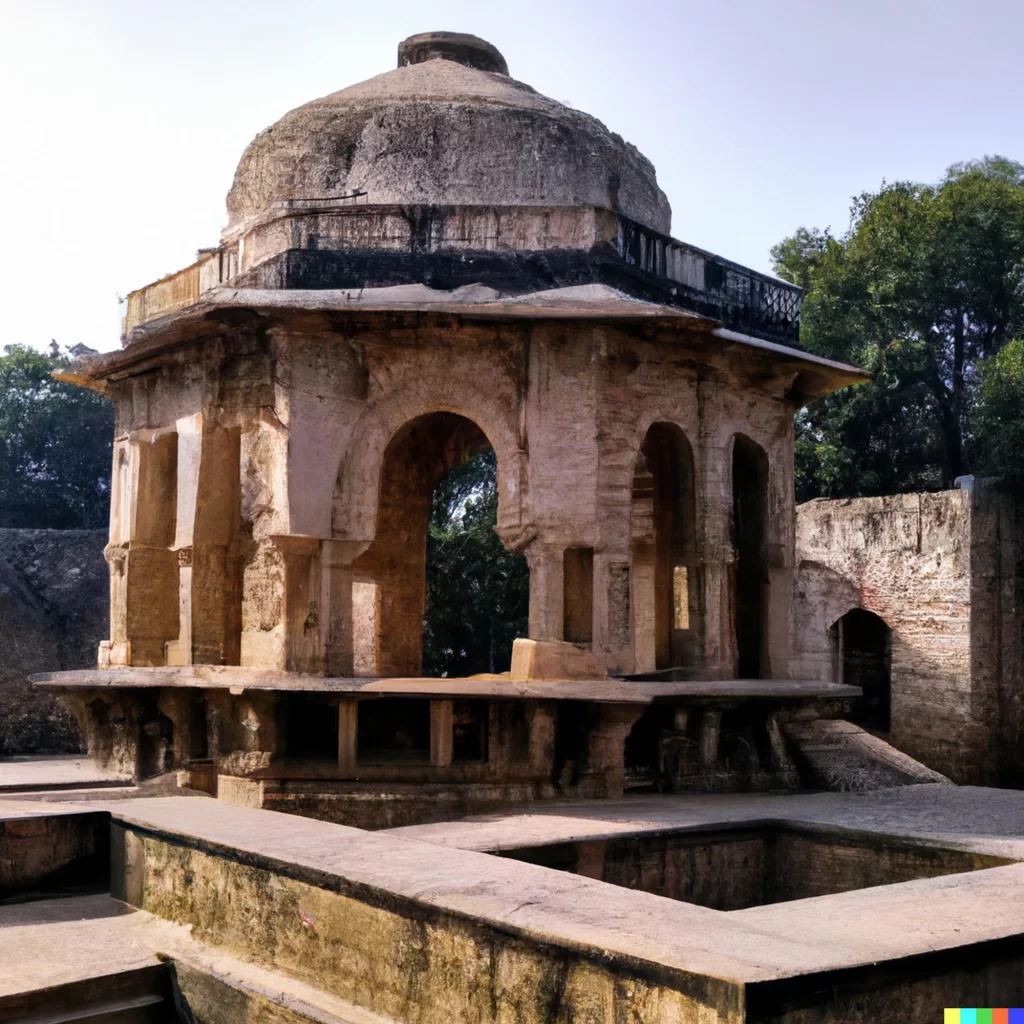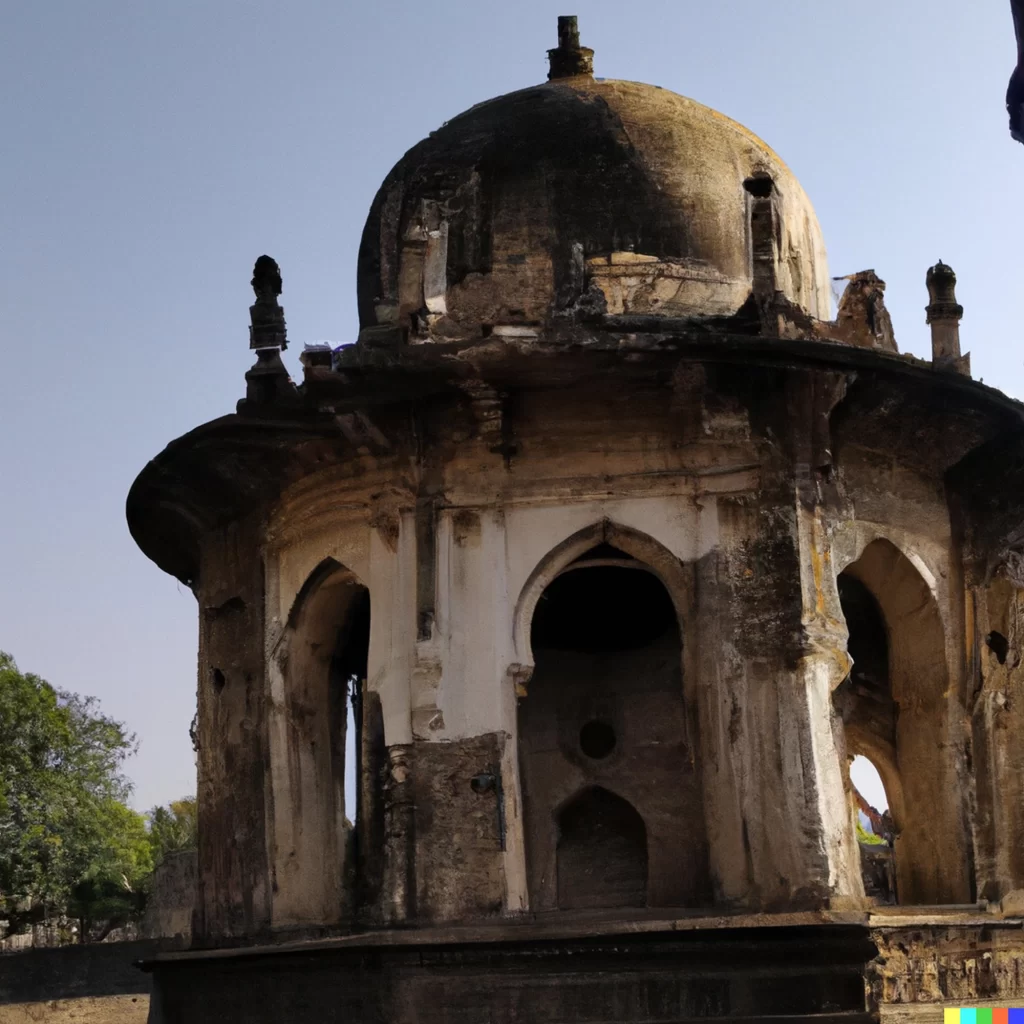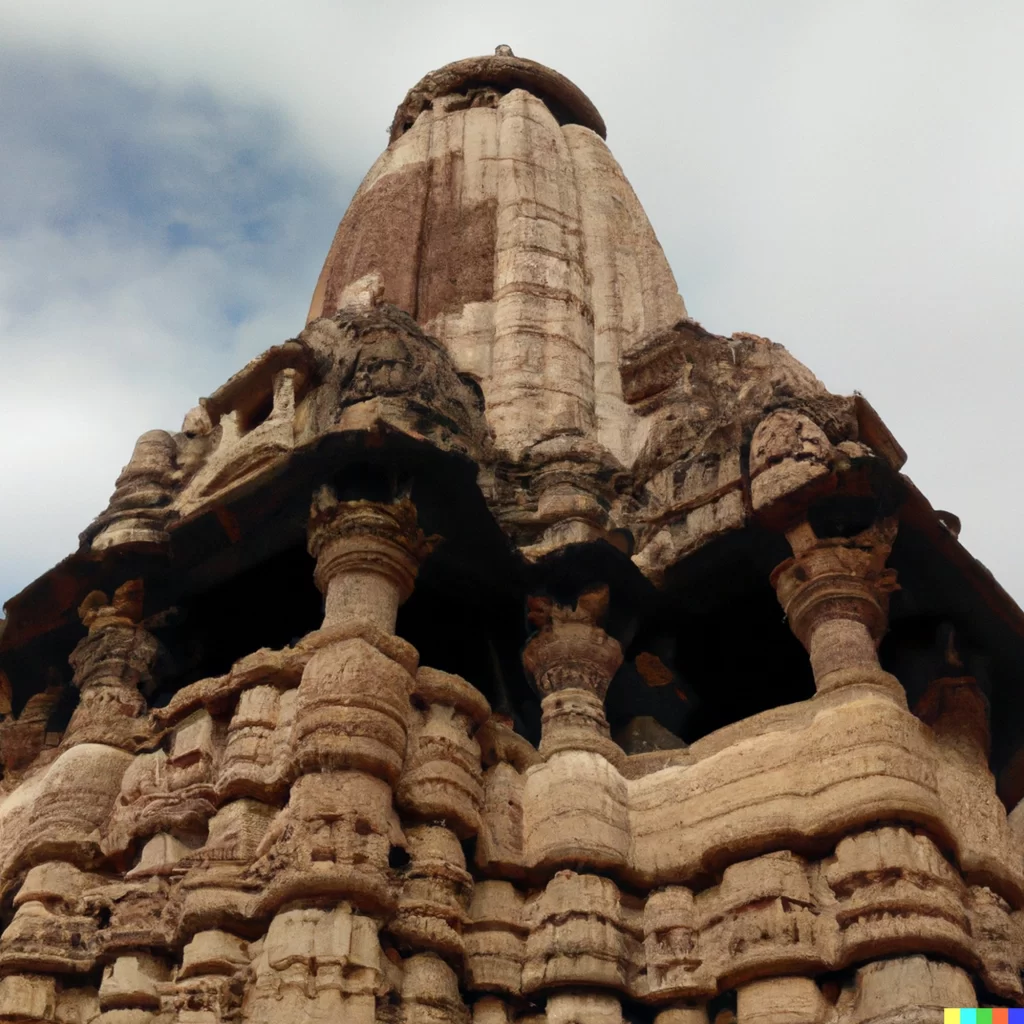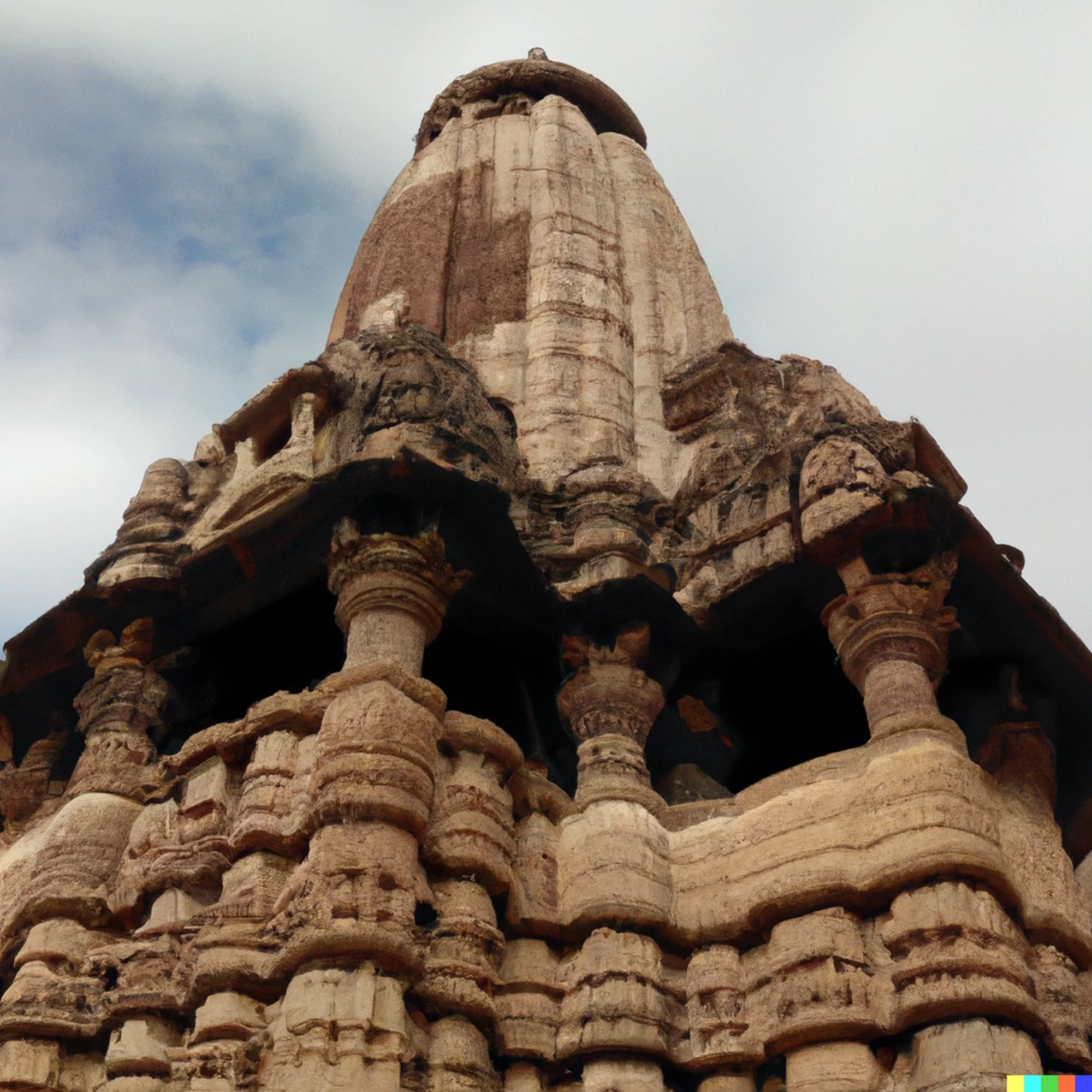India is a land of rich cultural and architectural heritage, reflecting the diverse influences of various civilizations that have inhabited the region over the centuries. The architectural heritage of ancient India, in particular, offers a glimpse into the history, religious beliefs, and aesthetic values of the people who built these structures. From majestic forts and palaces to magnificent temples and monuments, the architecture of ancient India showcases the skills and creativity of the architects and artisans of the time. In this article, we will take a closer look at the rich architectural heritage of ancient India, exploring its origins, key features, and significance.
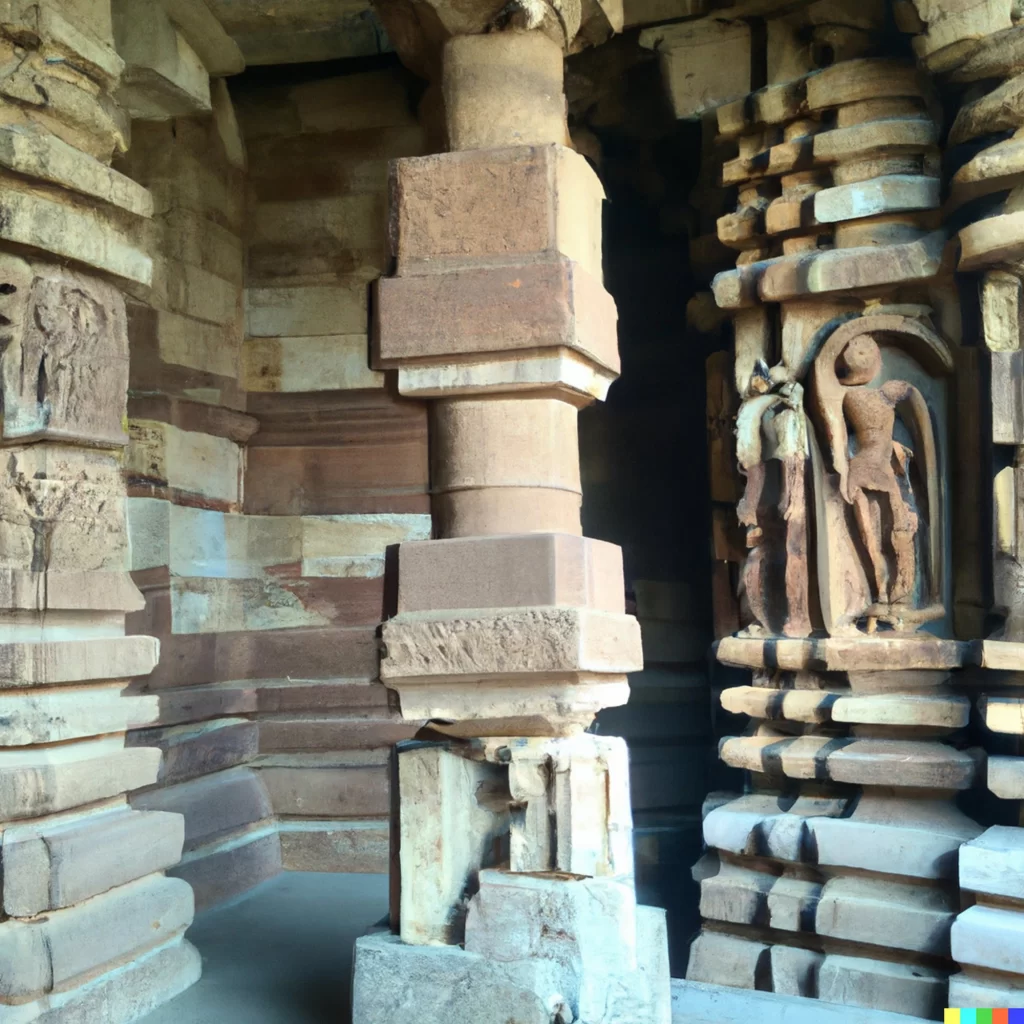
The origins of Indian architecture can be traced back to the Indus Valley Civilization (3300-1300 BCE), one of the world’s earliest urban civilizations. The ancient cities of Harappa and Mohenjo-Daro, located in present-day Pakistan, are known for their well-planned streets, public baths, and residential buildings. The structures were constructed of brick and stone and were designed with an emphasis on functionality and practicality. Despite the relatively simple designs, these early buildings showcased the use of advanced construction techniques and a keen sense of aesthetic appeal.
One of the most significant architectural achievements of ancient India is the rock-cut architecture, which was developed between the 6th and 8th centuries CE. Rock-cut architecture involves carving temples, monasteries, and other structures out of solid rock cliffs or hillsides. The most famous examples of rock-cut architecture in India are the Ellora and Ajanta Caves, located in Maharashtra. The Ellora Caves, in particular, are renowned for their elaborate and intricate carvings, depicting scenes from Hindu, Buddhist, and Jain legends. These carvings not only showcase the artistic skills of the artisans, but they also serve as a visual representation of the religious beliefs and values of ancient India.
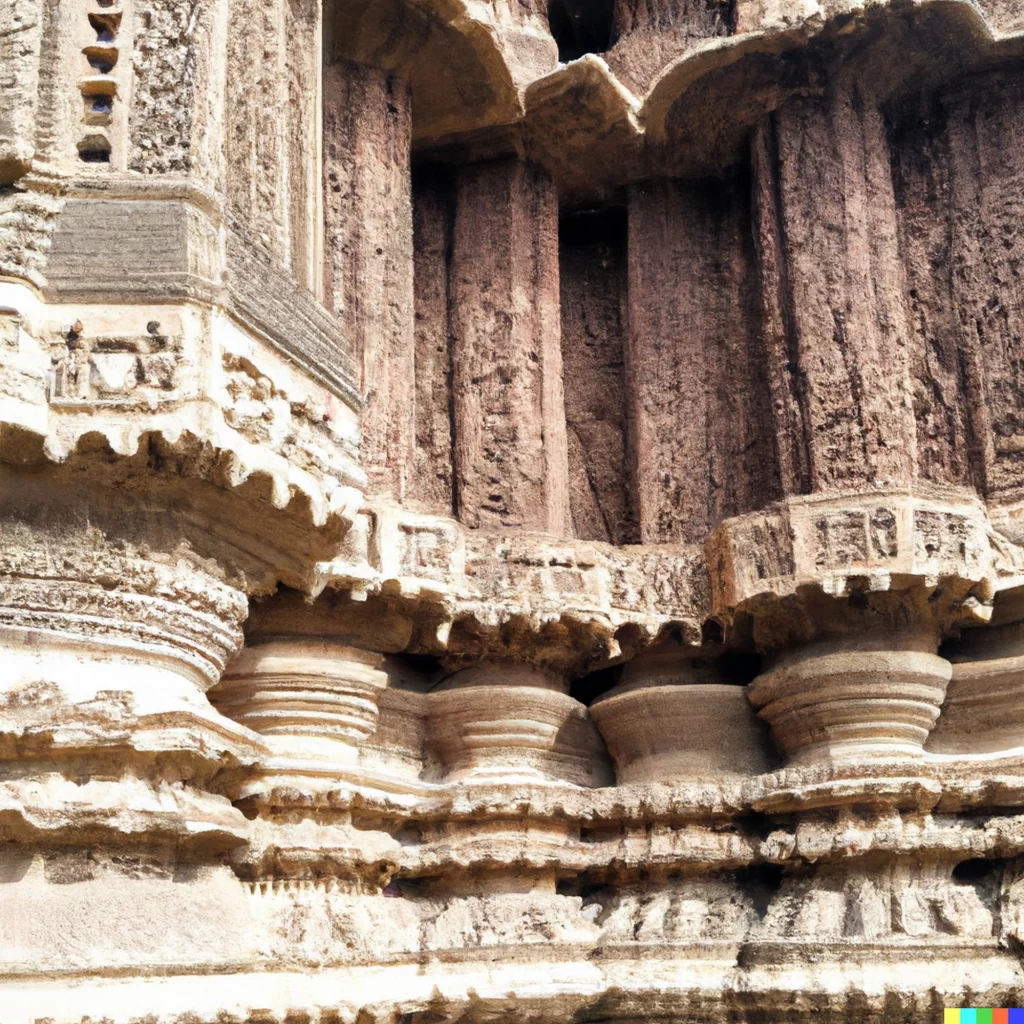
One of the most iconic forms of ancient Indian architecture is the temple architecture. Temples served as places of worship and were often built on a grand scale, reflecting the importance of religion in ancient Indian society. The earliest temples were simple structures, often consisting of a sanctum sanctorum (garbhagriha), a porch (mandapa), and a tower (shikhar). Over time, temple architecture evolved, and the designs became more elaborate and ornate, incorporating various decorative elements such as sculptures, carvings, and paintings.
One of the most distinctive features of ancient Indian temple architecture is the use of elaborate and intricate sculptures and carvings. These sculptures and carvings, typically depicting gods, goddesses, and other religious figures, were not just aesthetically pleasing, but they also played an important role in religious rituals and ceremonies. In addition to the sculptures and carvings, temple architecture often incorporated elements of astronomy, with structures such as the Konark Sun Temple in Odisha being designed to align with the movements of the sun and other celestial bodies.

Another important aspect of ancient Indian architecture is the fort architecture. Forts were built for defensive purposes, to protect against foreign invasions and internal uprisings. The forts of ancient India were often designed to be nearly impregnable, with high walls, moats, and multiple gates, designed to slow down and control the movement of invading forces. In addition to their defensive capabilities, many forts also served as residences for royalty and as centers of administration. The most famous examples of fort architecture in India include the Red Fort in Delhi, the Agra Fort, and the Jaisalmer Fort, each of which showcases the skill and ingenuity of the architects and engineers who designed and constructed these magnificent structures.
In conclusion, the rich architectural heritage of ancient India offers a glimpse into the history and culture.
